
Los Altos Eichlers Seek Historic Designation
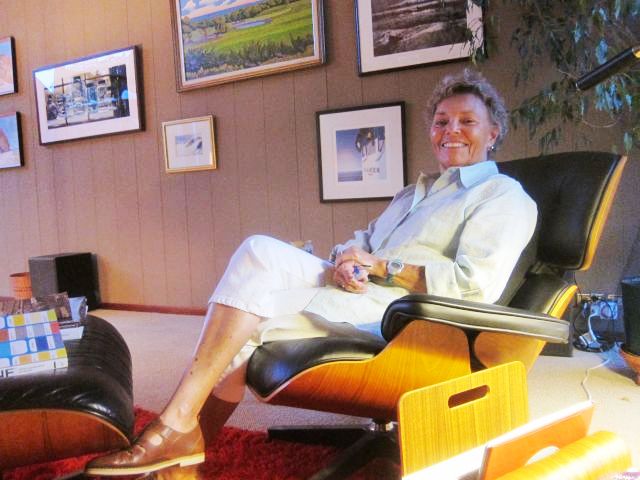 |
|
|
A casual fan of mid-century modern design cruising through the Eichler homes of Fallen Leaf Park in Los Altos might regard this as a neighborhood that’s been blessed. Every house retains its original good looks, two neighbors say, pointing out how rare that is among tracts.
“I actually think we’re very fortunate in that it’s 99 percent intact,” says Nate Johnson. “Some houses, the front facades have lost some of their character. But if you drove by without really staring, I don’t think you’d notice.”
But Johnson and his across-the-street neighbor, Tracy Gibbons, are working hard to ensure that blessings don’t turn to curses. They want to prevent among the Los Altos Eichler homes what has been happening in adjacent Palo Alto – teardown after teardown.
With properties in the neighborhood now going for $2 million-plus, with homes alongside their compact enclave of 37 Eichlers being felled to be replaced with two-story houses, and with the aging of the neighborhood’s original owners, they are right to be concerned.
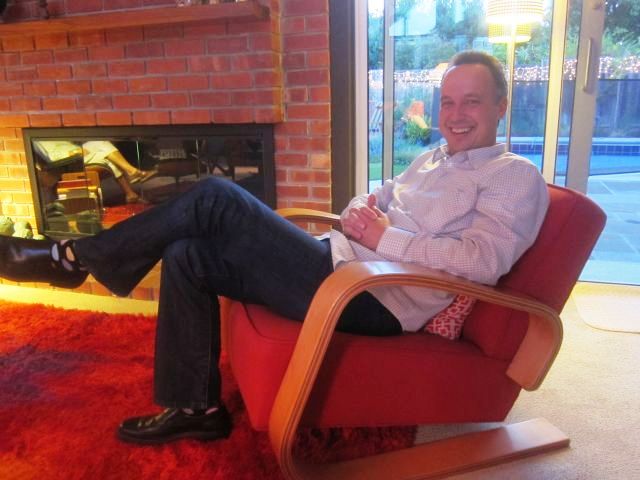 |
|
|
“What’s going on all over the extended neighborhood here are teardowns, houses being taken down to the studs and foundations, and two-story houses that in my opinion are dreadful,” says Tracy.
One of the non-Eichlers that got ripped and replaced stands on the street behind Johnson’s Eichler. “That prompted me to talk to Tracy,” he says.
“There is an urgency here,” Tracy says of their quest. A separate neighborhood of eight Eichler homes in Los Altos is not part of the plan. It could not be, Gibbons says, because it is not contiguous. And neighbors are focusing on their own backyard.
Setting to work to save their neighborhood, Gibbons and Johnson first considered asking Los Altos to create a single-story overlay to prevent two-story homes. But planning manager David Kornfield dissuaded them, they say, suggesting instead making the homes a historic district.
That way they could also preserve the architectural character of the homes. And it would be a somewhat easier process, they say.
With historic designation, Gibbons says, “comes protection forever for the houses. Once the city determines they are historic, the city wants to preserve them in their historic state.”
Not that it’s been easy. After getting advice and encouragement from city staff – who said that, even though the homes built in 1968 and 1969 don’t quite hit the 50-year mark generally considered to be potentially historic, that probably won’t be a problem – they had to get 25 percent of homeowners to sign a petition. In fact, they got 70 percent to sign.
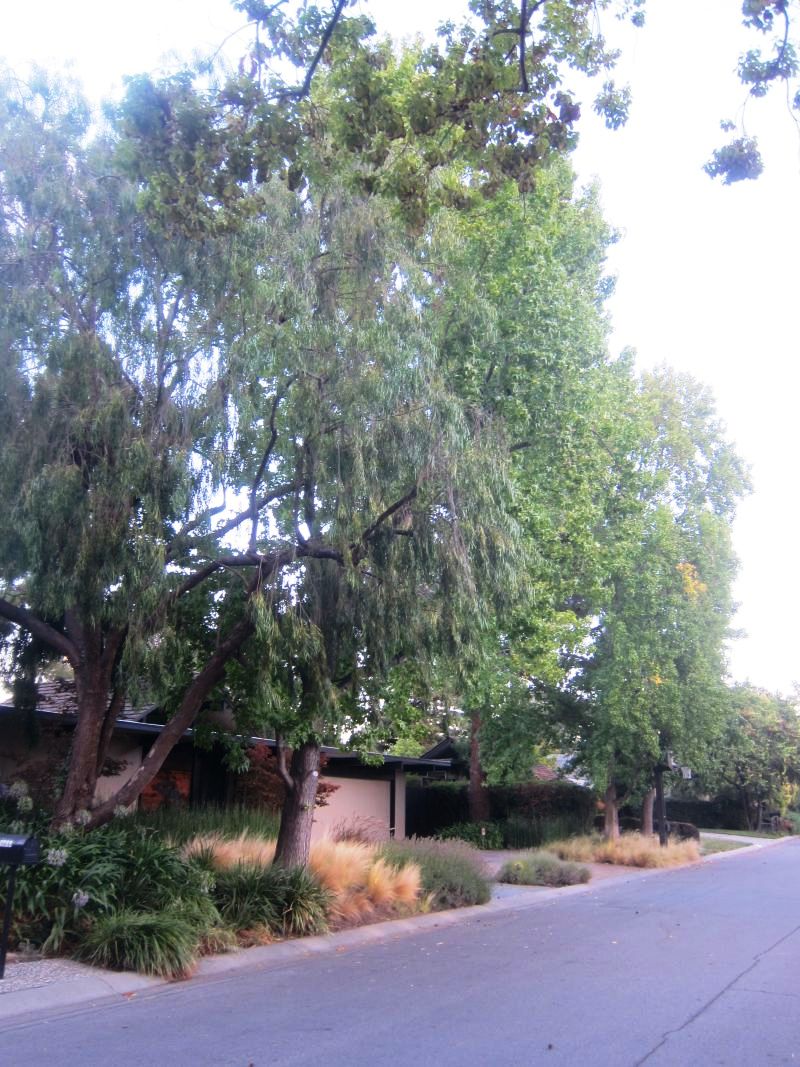 |
|
|
"It has already been well established these homes are historic,” Johnson says, noting that two Palo Alto Eichler tracts were placed on the National Register, and the Balboa Highlands tract won historic designation by the city of Los Angeles.
Getting all those owners to sign took a long time – but for a good reason. Canvassing house-to-house took a long time because people were so talkative. “This neighborhood is pretty astonishing,” Johnson says.
“People love inviting you into their houses more than anyplace I’ve ever lived,” he says. “People love sharing their houses with you. We got invited into almost every house, and not just two or five minutes. We’d sit there for an hour and a half and talk about their house, and why they bought their house, and what they’ve done with their house.”
“When we started, I thought naively, oh, this will be a six-month process. But that’s because I’m used to working at startups."
Results of the canvas were good. More than 70 percent signed the petition. Four households did not. Several more, some of them rentals, did not respond.
“There’s a small set of the population that doesn’t want government to dictate what you can do or cannot do to your property,” Johnson says.
“Two people basically said, this doesn’t really interest me,” Gibbons says. “Maybe later. Maybe when we see how this plays out.”
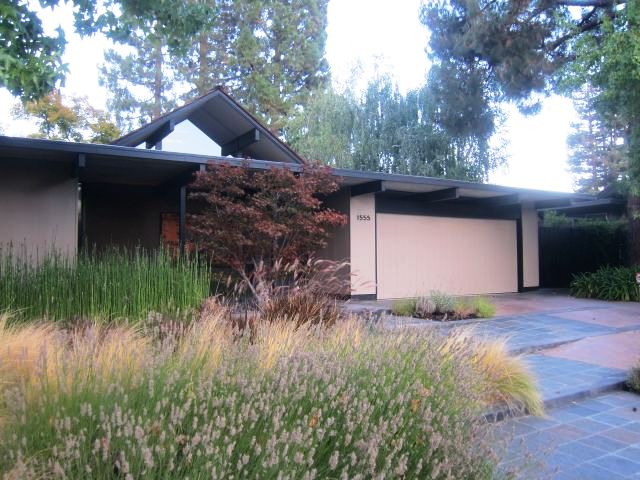 |
|
|
Next steps include: figuring out what being a historic district will mean for homeowners, and figuring out how to pay for the quest.
This would be the first-ever historic district created in Los Altos, so there is a learning curve both for neighbors and for city staff. Draft guidelines will be developed by the neighbors who are leading the effort, with the help of city staff, and will be run by other neighbors before they are accepted by the city.
Rules would affect “what people can or can’t do to the front of their house,” Gibbons says. “It doesn’t do anything for the other three sides or what you do inside the house.”
“They’re all willing to live with guidelines,” Gibbons says of her neighbors, “but they want to know what it's going to be. and they don’t want it to be enforced inconsistently.”
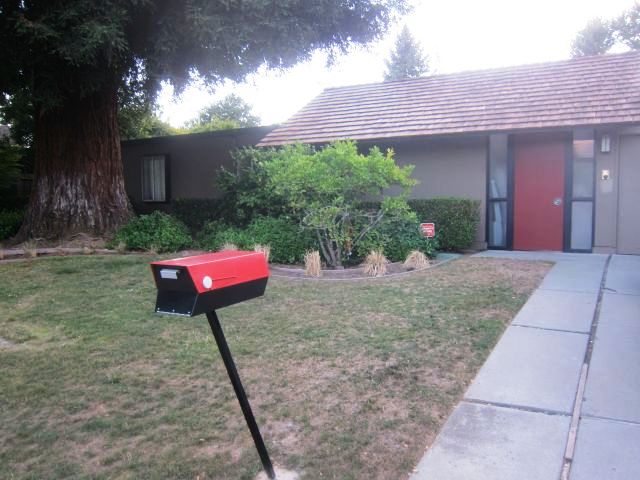 |
|
|
The city is asking for a $5,000 application fee and is insisting they hire and pay for an architectural historian to do the application. Gibbons and Johnson would prefer that the city shoulder all or some of this cost. They note that Palo Alto recently waived a fee it had been charging neighborhoods that sought single-story overlay zones.
Once the application is in and fees paid, they say, a moratorium will be declared to halt teardowns or major facade changes till the historic district is approved by the historical commission and city council – or rejected.
Johnson hopes it all gets worked out and that a historic district is in place by 2016.
Johnson and Gibbons, relative newcomers to the neighborhood, arriving in 2012, are longtime fans of modern architecture. This is Johnson’s second Eichler home, and he grew up in Cupertino, where friends lived in Eichlers.
Gibbons grew up in a mid-century modern home in a suburb of New York City designed by her architect father, Kenneth Gibbons. Nearby was a community of Usonian homes designed by Frank Lloyd Wright and some of his followers.
- ‹ previous
- 384 of 677
- next ›



